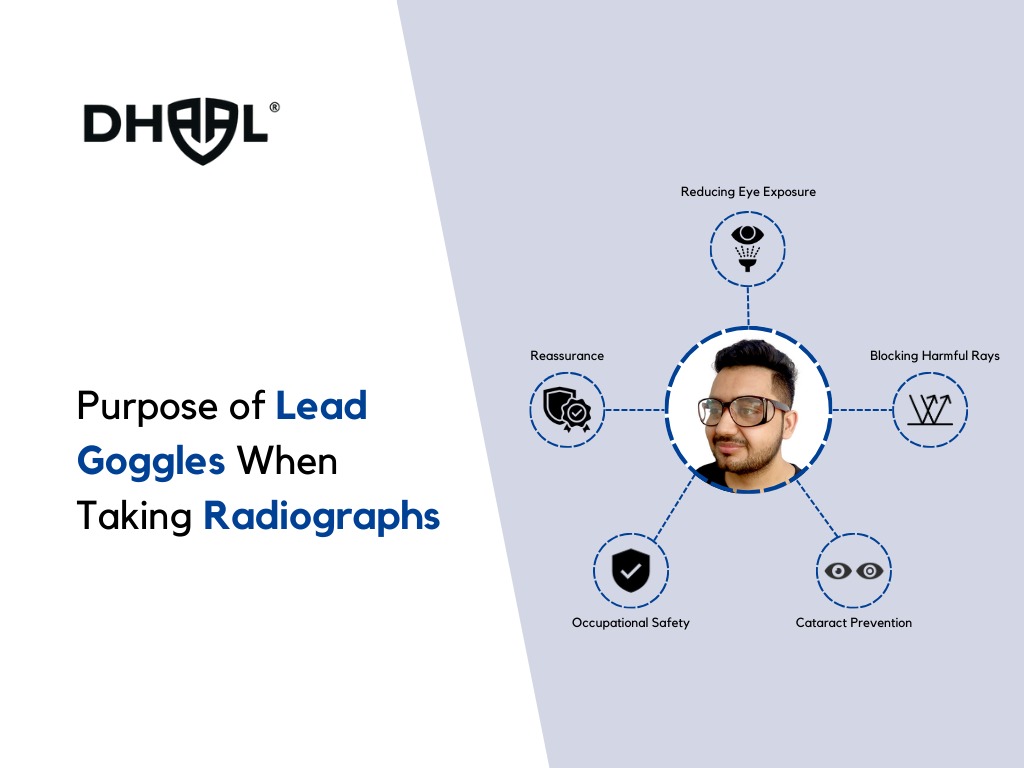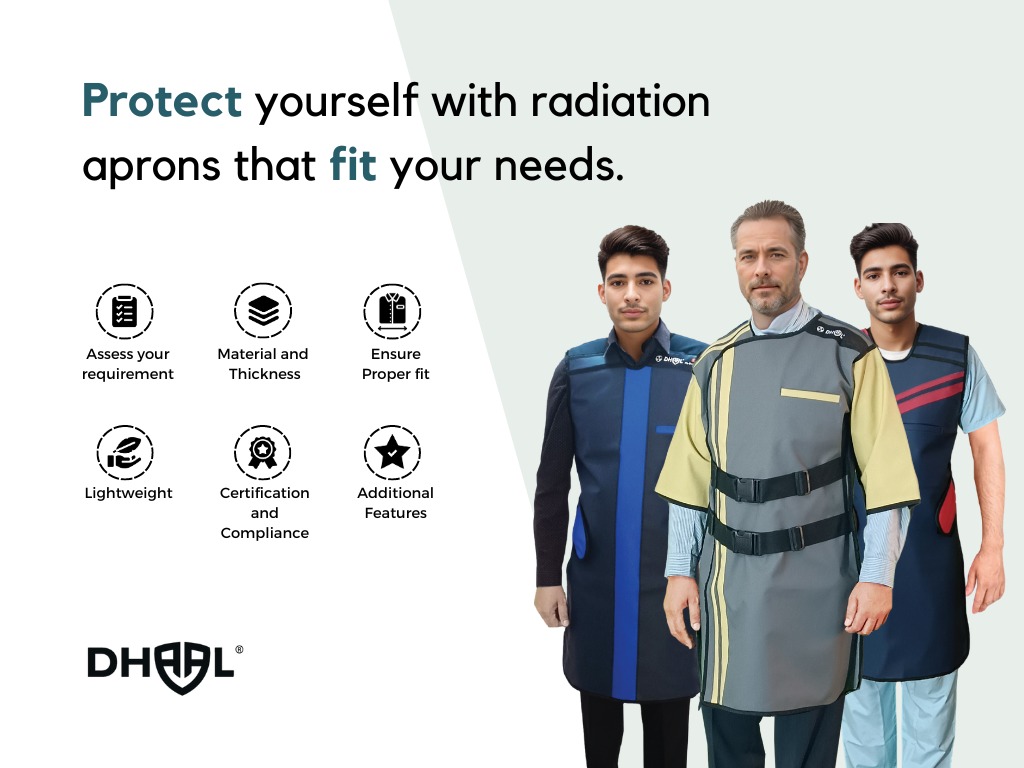
Lead goggles, also known as radiation protection goggles or leaded glasses, are a vital part of personal protective equipment (PPE) in radiology and other medical fields where exposure to ionizing radiation occurs. Here is a detailed look at the purpose and importance of lead goggles when taking radiographs.
1. Protection Against Scatter Radiation
Reducing Eye Exposure:
• During radiographic procedures, scatter radiation can pose a risk to the eyes of both patients and healthcare workers. Lead goggles are designed to shield the eyes from this scatter radiation, thereby reducing the risk of radiation-induced damage.
Blocking Harmful Rays:
• Lead goggles contain leaded glass or lead-impregnated materials that effectively block and absorb X-rays. This prevents harmful radiation from reaching the sensitive tissues of the eyes.
2. Preventing Radiation-Induced Eye Conditions
Cataract Prevention:
• Prolonged or repeated exposure to ionizing radiation can lead to the development of cataracts, a condition characterized by clouding of the lens in the eye. Lead goggles help minimize this risk by significantly reducing the radiation dose to the eyes.
Protection from Other Eye Conditions:
• In addition to cataracts, exposure to radiation can increase the risk of other eye conditions, such as conjunctivitis and keratitis. Lead goggles provide a protective barrier that helps prevent these conditions.
3. Ensuring Safety for Radiologic Technologists
Occupational Safety:
• Radiologic technologists and other healthcare professionals working with radiographic equipment are frequently exposed to radiation. Lead goggles are part of the standard safety protocols to protect these workers from the cumulative effects of radiation over their careers.
Compliance with Safety Regulations:
• The use of lead goggles and other PPE is often mandated by occupational safety regulations and guidelines. Ensuring compliance with these regulations helps maintain a safe working environment and reduces the risk of long-term health issues.
4. Enhancing Patient Safety
Patient Protection in Certain Procedures:
• In some cases, patients undergoing radiographic procedures may also benefit from the use of lead goggles, particularly in dental radiography or procedures where the head and neck are close to the radiation source. This additional protection can help safeguard the patient’s eyes from scatter radiation.
Comfort and Reassurance:
• Providing patients with lead goggles can also enhance their comfort and reassurance, knowing that extra measures are being taken to protect their eyes during the procedure.
5. Complementing Other Protective Measures
Part of a Comprehensive Safety Strategy:
• Lead goggles are just one component of a comprehensive radiation protection strategy that includes lead aprons, thyroid shields, and other protective equipment. Together, these measures ensure maximum protection against radiation exposure for both healthcare workers and patients.
Use in Combination with Shielding Devices:
• When used in combination with other shielding devices and proper radiographic techniques, lead goggles help create a safer environment by minimizing the overall radiation exposure to vulnerable areas of the body.
Conclusion
Lead goggles for radiation protection play a crucial role in protecting the eyes from the harmful effects of scatter radiation during radiographic procedures. By reducing the risk of radiation-induced eye conditions, ensuring occupational safety for healthcare workers, and enhancing patient protection, lead goggles are an essential part of the PPE in radiology. Their use, along with other protective measures, helps maintain a safe and effective radiographic practice.



